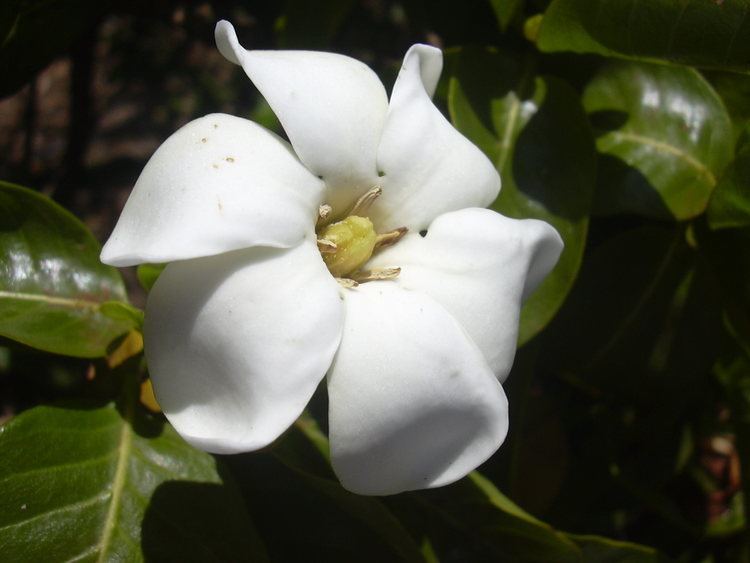Rank Species | Genus Gardenia Higher classification Gardenia | |
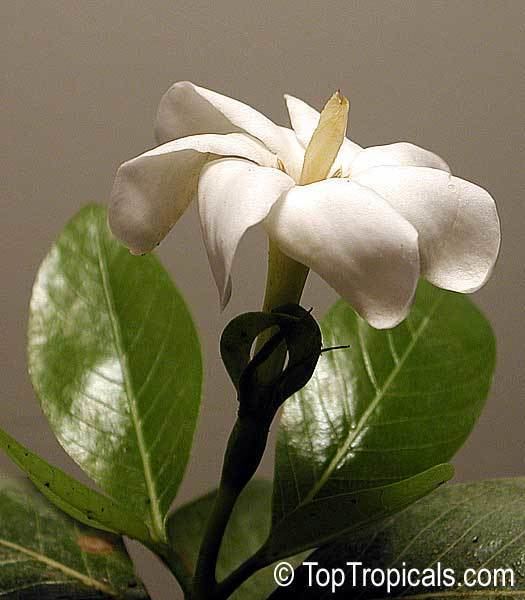 | ||
Similar Gardenia, Gardenia mannii, Rubiaceae, Gardenia thunbergia, Gardenia tubifera | ||
Gardenia brighamii, commonly known as nānū, naʻu, or forest gardenia, is a species of flowering plant in the coffee family, Rubiaceae, that is endemic to Hawaii.
Contents
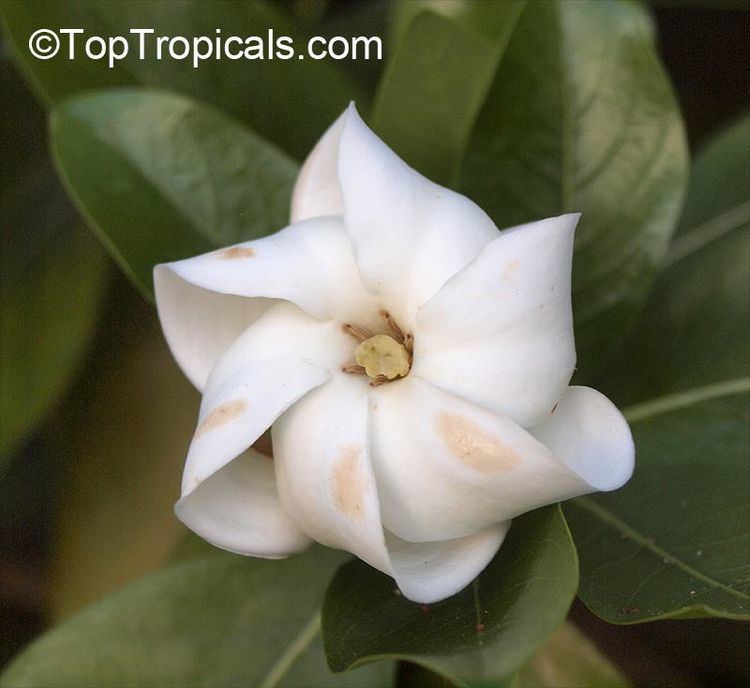
Description
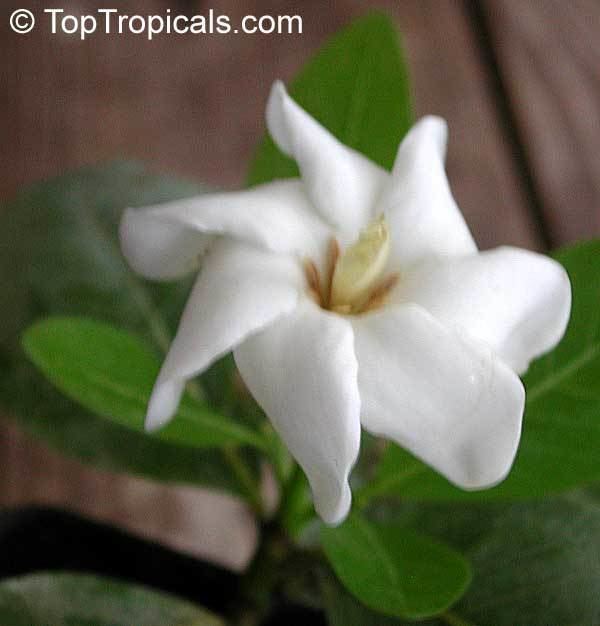
Gardenia brighamii is a small tree, reaching a height of 5 m (16 ft). The glossy, dark green leaves are ovate, 2.2–10.5 cm (0.87–4.13 in) long and 1.5–5.5 cm (0.59–2.17 in) wide. The petals of the solitary, white flowers are fused at the base to form a tube 15–20 mm (0.59–0.79 in) in length and have six lobes.
Habitat and range
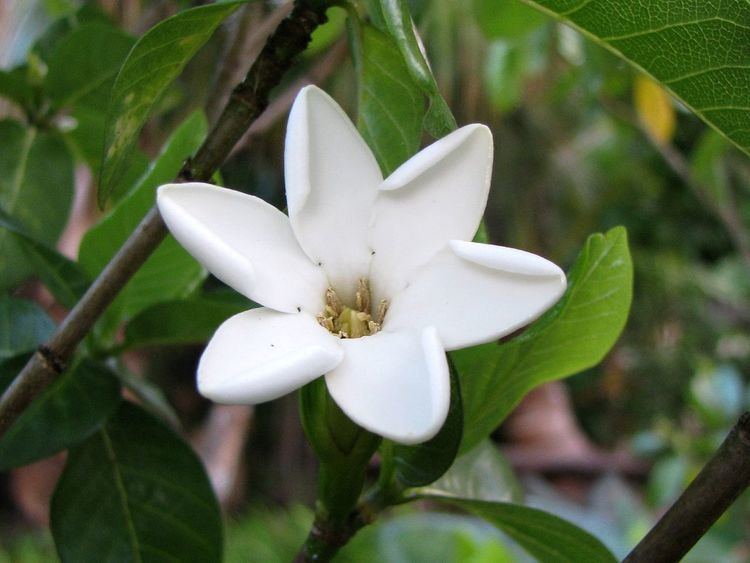
Forest gardenia inhabits tropical dry forests at elevations of 350–520 m (1,150–1,710 ft). It previously could be found on all main islands, but today populations only exist on Maui, Molokaʻi, Oʻahu, and Lānaʻi, and the Big Island.
Conservation
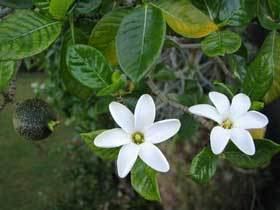
The total population of G. brighamii is between 15 and 19 trees. There are only two plants in the wild on Oʻahu and one on the Big Island. Major threats to the survival of this species include loss of dry forest habitat and the establishment of invasive species, such as fountain grass (Pennisetum setaceum).
Uses
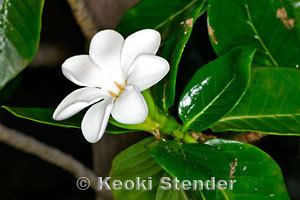
Native Hawaiians made kua kuku (kapa anvils) and pou (house posts) from the wood of nānū. A yellow kapa dye was derived from the fruit pulp. The white, fragrant flowers are used in lei. Today, it is grown as an ornamental plant on the islands.
